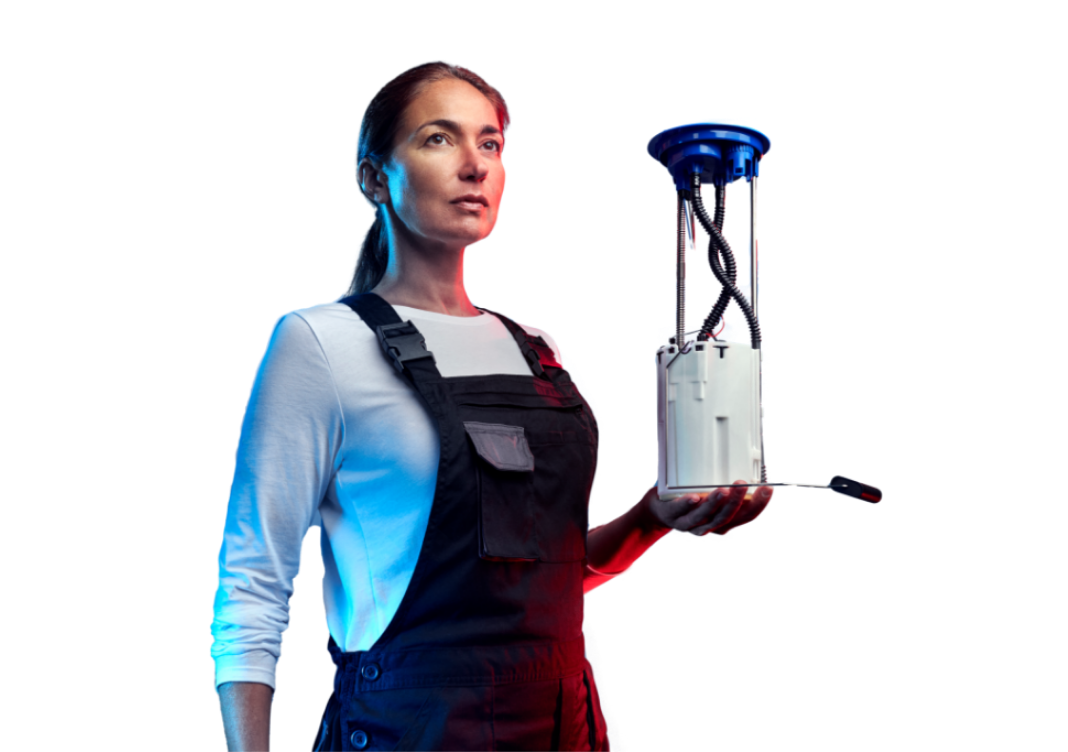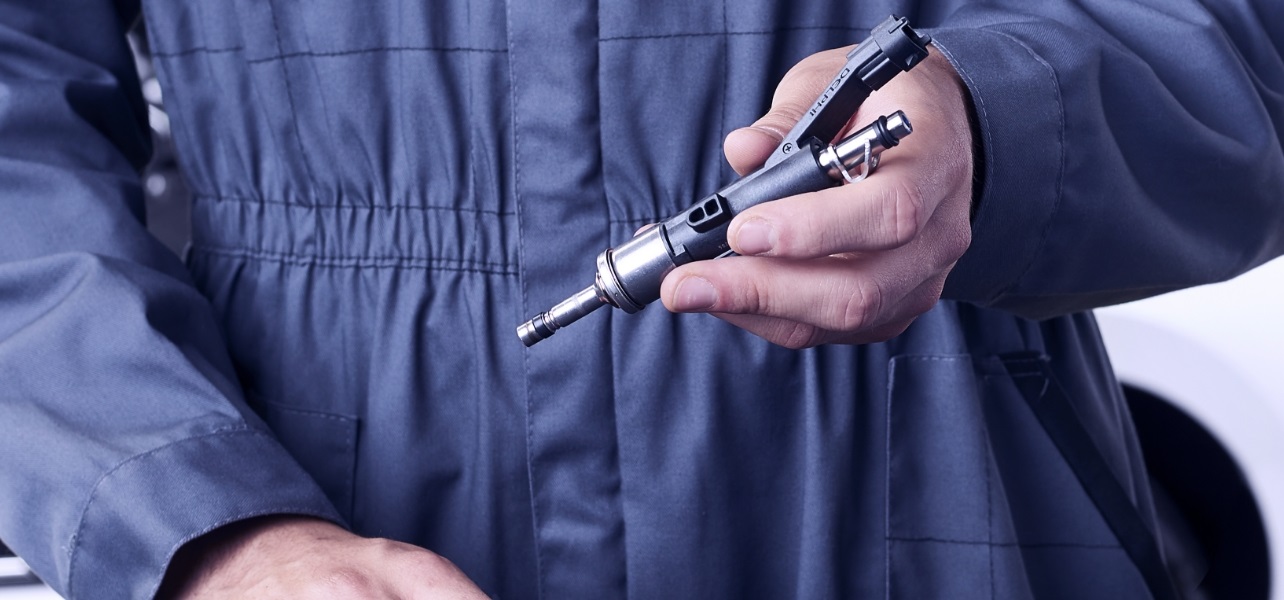Resource Highlights
We all want a smooth ride when driving, and an air suspension system offers many benefits for reducing noise, vibration and discomfort. Like many in-vehicle systems, calibration is needed from time to time, especially when a part is replaced.
Watch the video below to follow our Delphi expert as he takes you through the steps needed to calibrate the air suspension on a BMW X5.
Although the procedure is fairly straightforward, there are some essential ‘watch-outs’ which we cover in the video, including:
• A vehicle having full or part air suspension
• The difference between static and dynamic calibrations
• The vehicle status when running the calibration
Will the suspension system be the same for all four wheels?
Not necessarily. Some air suspension vehicles can have full air springs (front and rear), or have a mix of coil springs and air springs (one front, the other rear).
When do I need to perform a height calibration on the air suspension system?
The calibration would normally be performed after completing one of two jobs:
1. An air spring replacement
2. A damaged height sensor replacement
What’s the difference between a static calibration and a dynamic calibration?
Some vehicles will only require a static height calibration which can be completed in the workshop. However, some models will need a static calibration and then also a dynamic one, which is performed whilst the vehicle is being driven on the road.
Before I run the calibration, is there anything I need to do?
You need to ensure that after completing a replacement job on an air spring or height sensor, the air system of the vehicle is refilled. You do this by running the function ‘Filling the bellows’ using the Delphi BlueTech VCI diagnostic tool.
After that, head into the ‘Body control’ module. Go into ‘Adaptations and calibrations’ subsection and run the function ‘Height level adjustment.’
Why is it important to be out of the vehicle when running the calibration?
The vehicle’s load must not change during the calibration. So, if anyone was sat in the vehicle, any movement would adjust the vehicle’s height, disrupting the calibration. Follow manufacturers instructions, for example weighting the car correctly, ensuring it is on level ground with the steering wheel straight and the tyre pressure set correctly for the procedure to be successful with no inconsistencies.
Should I plug in an EV vehicle when calibrating the air suspension?
On an EV enabling ‘Ready’ mode or similar will ensure that the DCDC converter will support the low voltage battery. If this isn’t possible, it’s a good idea to ensure that you have battery support attached, so that there’s no drop in voltage during calibration.
SIGN UP
TO FIND OUT MORE
Fill out your details to hear more from our experts and get the latest updates from Delphi.




